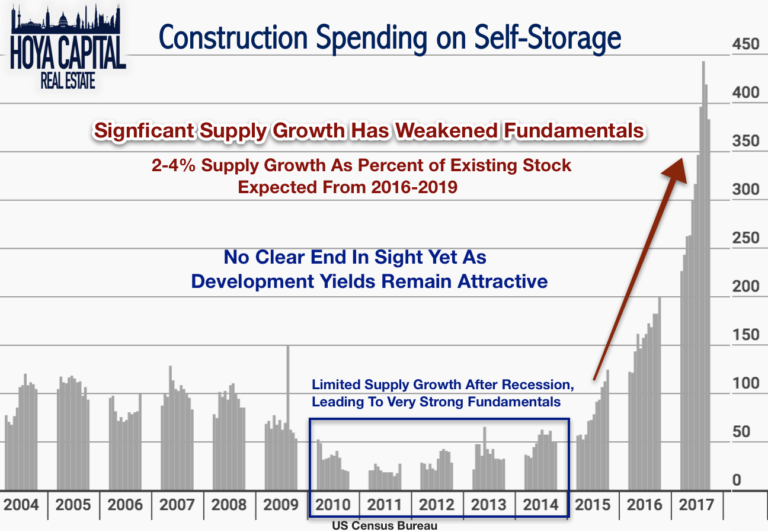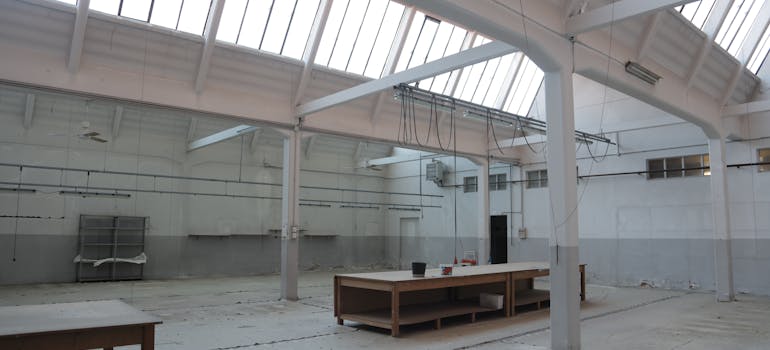
|
With the yearlong recession showing no indication of abating, self-storage professionals and their counterparts in other industries nervously search the horizon for signs of a recovery in 2009. Many are looking for signals early in the year to gauge how 2009 may stack up for the industry. Here are five trends to watch in the coming year. 1. Housing Recovery
While many self-storage owners around the country report that move-outs are up slightly, the bigger problem is that they are not getting replacement customers. “When no one’s listing their home, no one has a reason to get the stuff out of their house,” Chiswell notes. The perennially optimistic National Association of Realtors® predicts a 6.9 percent increase in resale homes this year, while the National Association of Home Builders forecasts further declines in new home sales in 2009. Self-storage operators will be watching for signs of a housing recovery in hopes of a turnaround. 2. Movers And Shakers
“In the past they were almost exclusively moving up the property ladder and now a third are moving down the property ladder,” Jernigan says. “The only good news of those moving down the property ladder is they will be staying longer until they sort things out with their own housing situation.” Nevertheless, Jernigan and his peers undoubtedly are concerned about the viability of these customers. 3. Layoffs And Commercial Customers
“The economy will determine if that customer is there to rent from us in 2009,” Jernigan says. “As the economy continues to deteriorate, we’ll see more layoffs; and when pharmaceutical companies lay off sales reps, that will have an impact because they will give up their storage units. We’ll be lucky to come out of recession by next summer, so I think our commercial customer is at risk.” 4. Consumer Sentiment And Discretionary Income
“As we get deeper into this recession, they will tighten household purse strings and they will leave us,” Jernigan says. “The discretionary customer and the new customer are no longer showing up at our counters, and the ones we have now will be leaving as they recognize they no longer need to be spending their discretionary income.” 5. Watch the REITs
However, without the ability to attract new investors and capital, the REITs won’t be able to expand their portfolios and make acquisitions in 2009. “The ones that are facing loans coming due in the credit crunch, the ones that are not well-capitalized may be in trouble,” says Chris Sonne, managing director for the self-storage industry group of Cushman & Wakefield of Irvine, Calif. “Some of those may have some tough decisions to make to reduce portfolio size.” Late last year U-Store-It, for example, sold off more than 20 properties. It will be interesting to see if REITs are buyers or sellers in 2009. Jernigan has studied the signs going into 2009 and he’s not encouraged by the direction they are pointing. “The self-storage sector will do well as long as we have movement,” Jernigan says about residential and job seeker mobility. “Where we will not do well is when the economy goes sideways and nobody is moving. I’m afraid that’s what we are headed for in 2009 and maybe in 2010.” |















